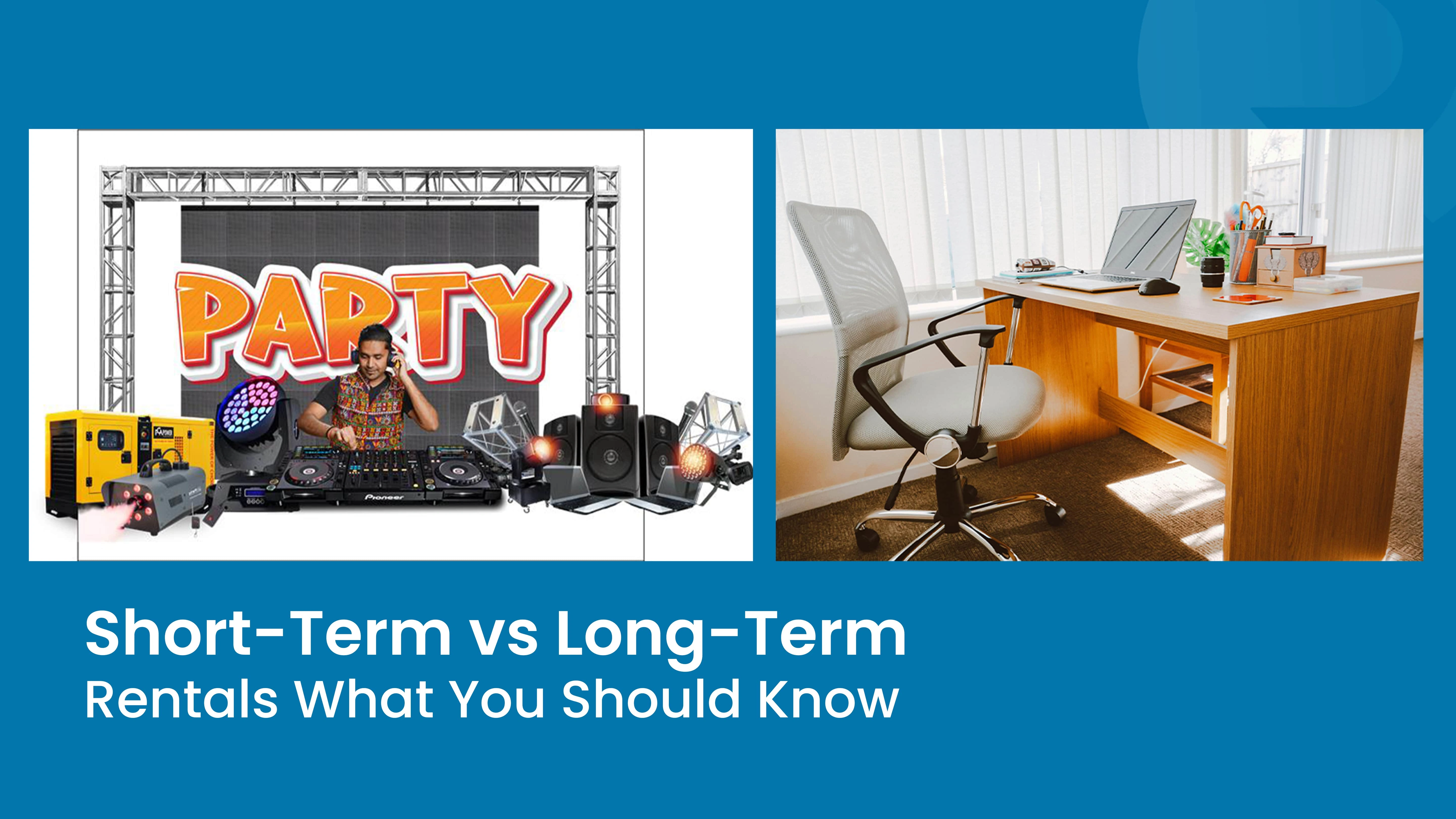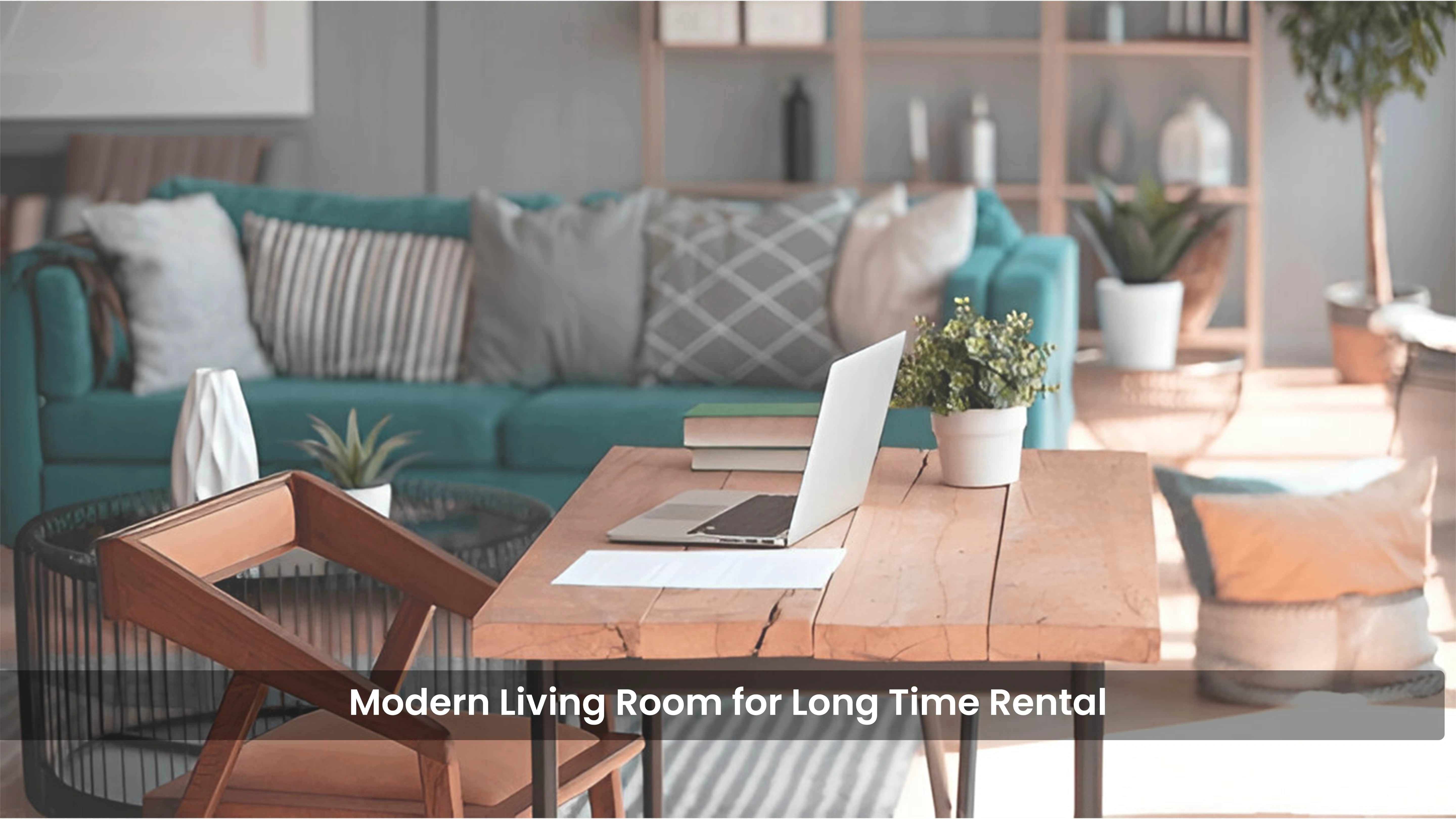
Long Term vs Short Term Rentals
The international rental economy is growing at a previously unseen rate. Many businesses and consumers are questioning ownership in a number of sectors, such as housing and machinery. Making wise decisions should require knowing the distinction between short-term and long-term rentals.
Explanation on short-term rentals

Short-term rentals typically range from several days to a few months. They are best enjoyed in the vacation rental space, events market, and new peer-to-peer rental platforms.
Short-Term Rental Benefits
- Greater potential revenue per unit in the long term.
- Pricing flexibility.
- Flexible contracts accommodate seasonality or project-based demand.
Short-Term Rental Difficulties
- Higher overhead costs for operations.
- Frequent turnover leads to higher maintenance costs.
- Risk of inconsistent occupancy rates.
Explanation on Long-term rentals

Long-term rentals typically last more than six months, providing stability and predictability.
Long-Term Rental Benefits
- Stable occupancy and a revenue stream.
- Lower turnover and maintenance burden.
- Easier to plan future business projections.
Long-Term Rental Difficulties
- Reduced flexibility in rate adjustment.
- Potential for tenants defaulting on long-term agreements.
- Lower revenue potential compared to high-demand short-term markets.
Research and Market Data
As per Mordor Intelligence (2024), the equipment rental market globally is expected to expand at a CAGR of 4.7%. In India, the short-term market has grown by 20% year over year in the post-COVID era, particularly in furniture and consumer appliances (Statista, 2023). In addition, 45% of urban consumers say they prefer renting over buying because it's more flexible and less expensive.
Choosing the Right Model
Consider the following:
- Purpose: Long-term rentals are suitable for ongoing operations, while short-term rentals are suitable for short-term needs.
- Risk Appetite: Long-term is steady return; short-term is more market volatility.
- Maintenance Resources: Short-term is very active maintenance; long-term is fairly passive.
Digital Platforms Make It Easy
Sites such as NobuyRent make renting easier with insurance, customer service, payment handling, and access to short-term and long-term.
Conclusion
Each model has unique advantages. To select the best fit, find your objectives, funds available , and risk factors into account. Get ahead in the rental economy with NobuyRent insights and services.


